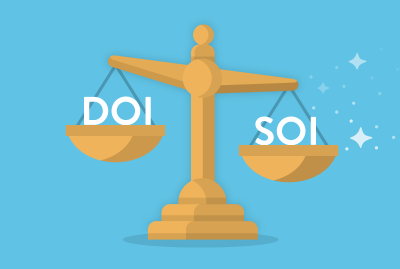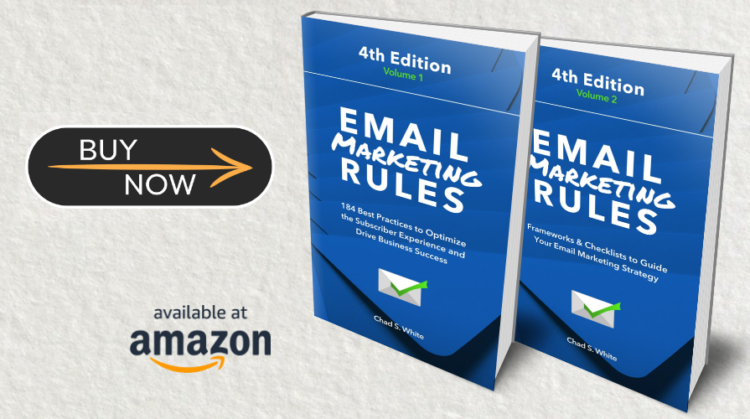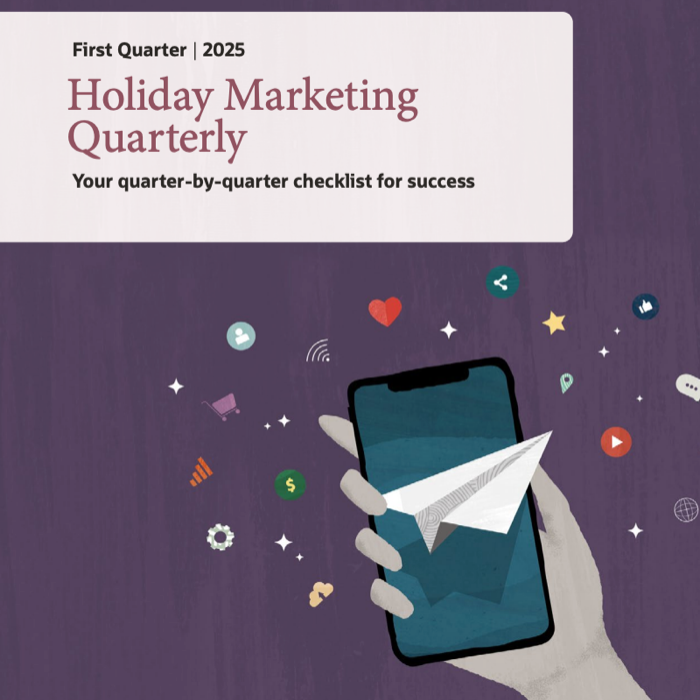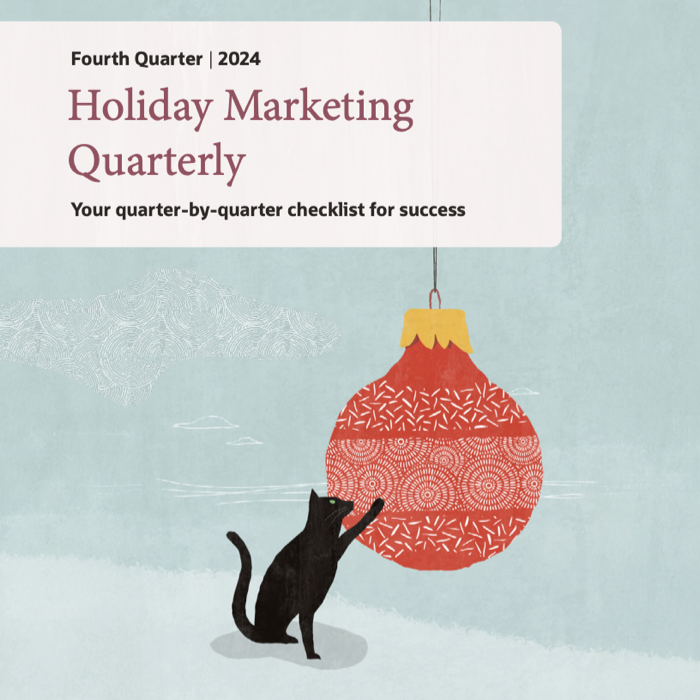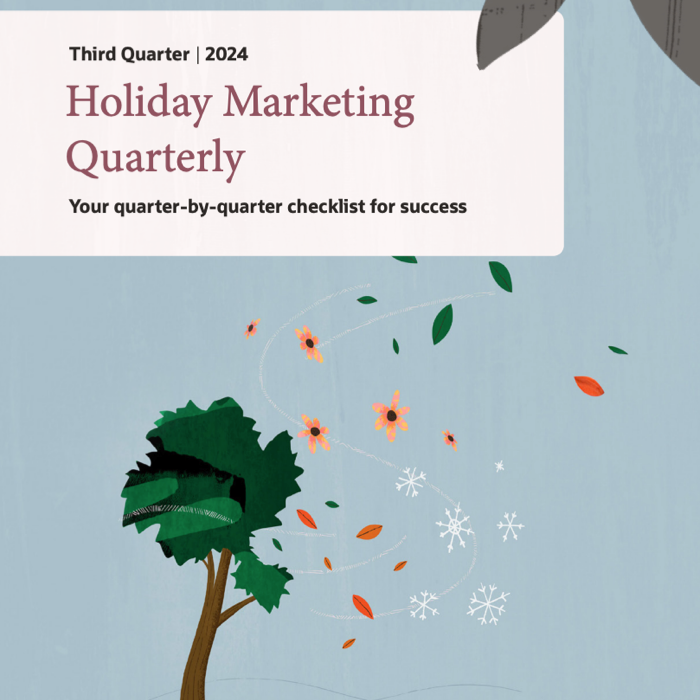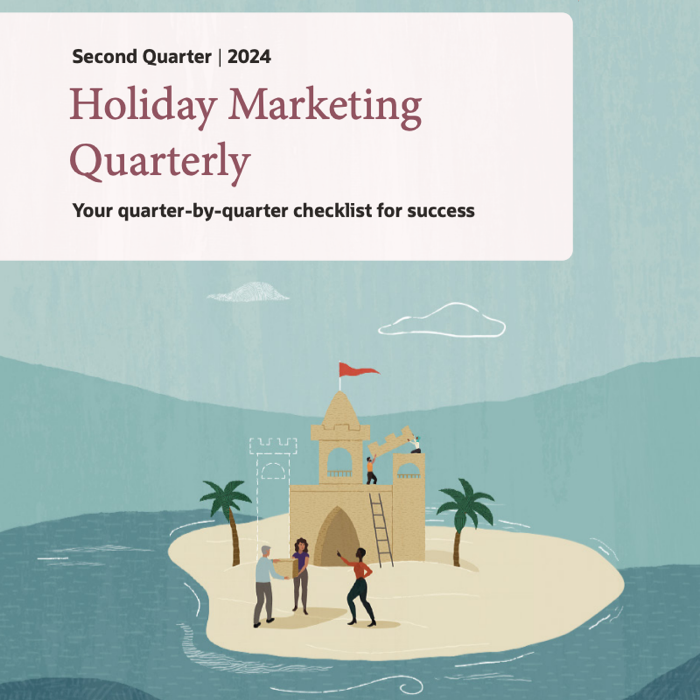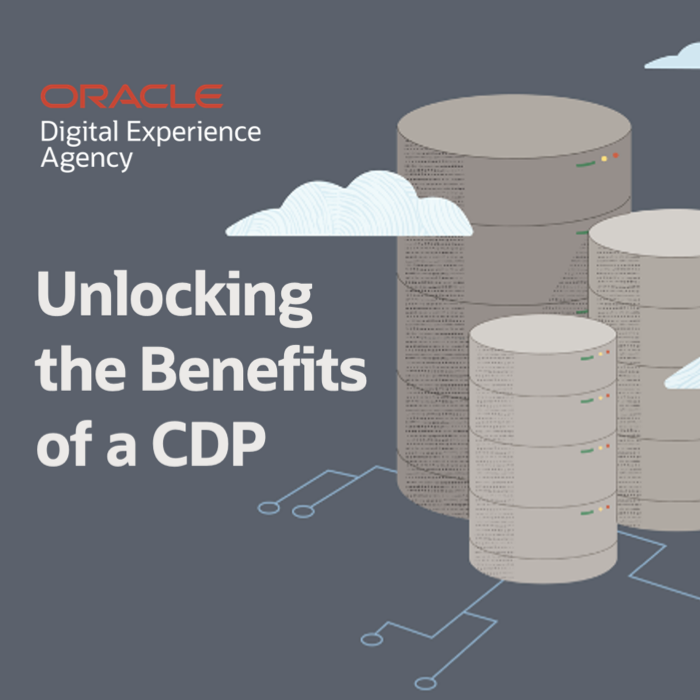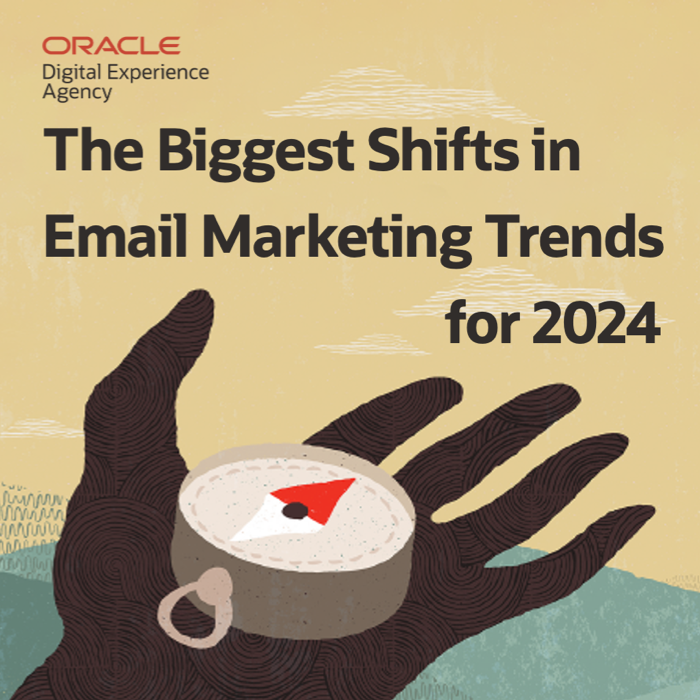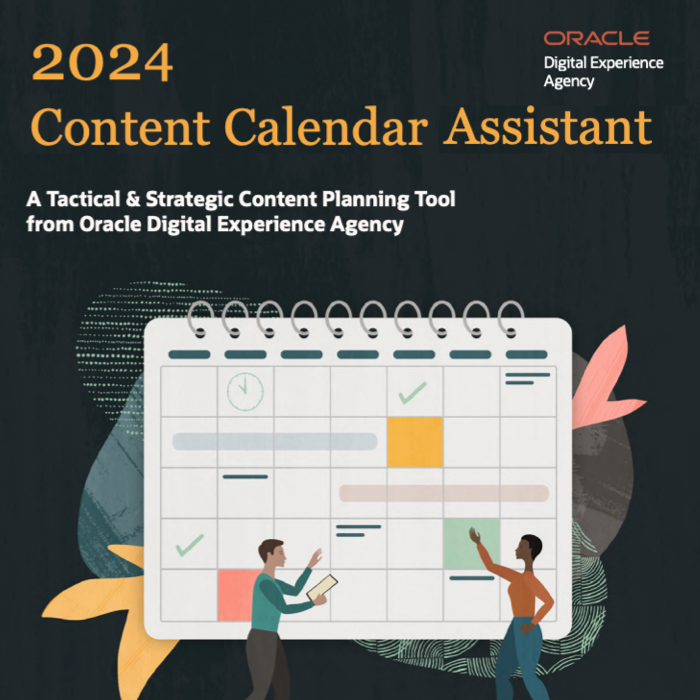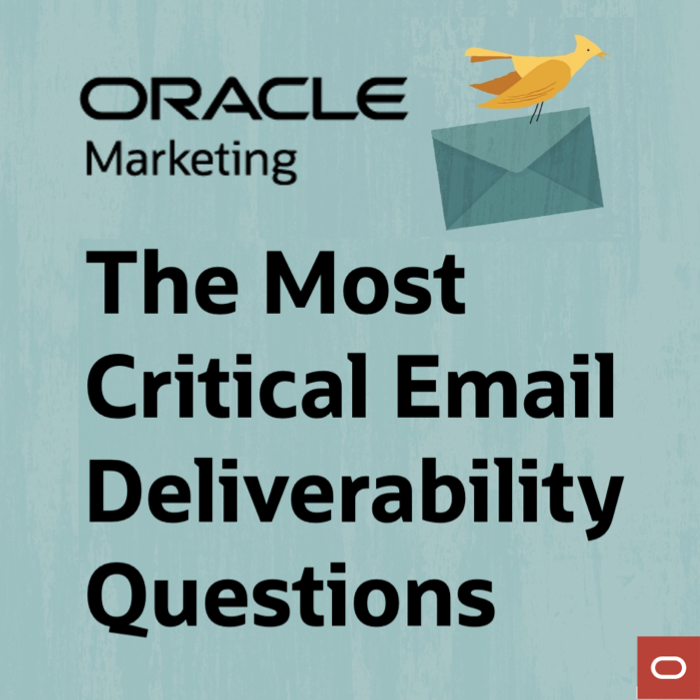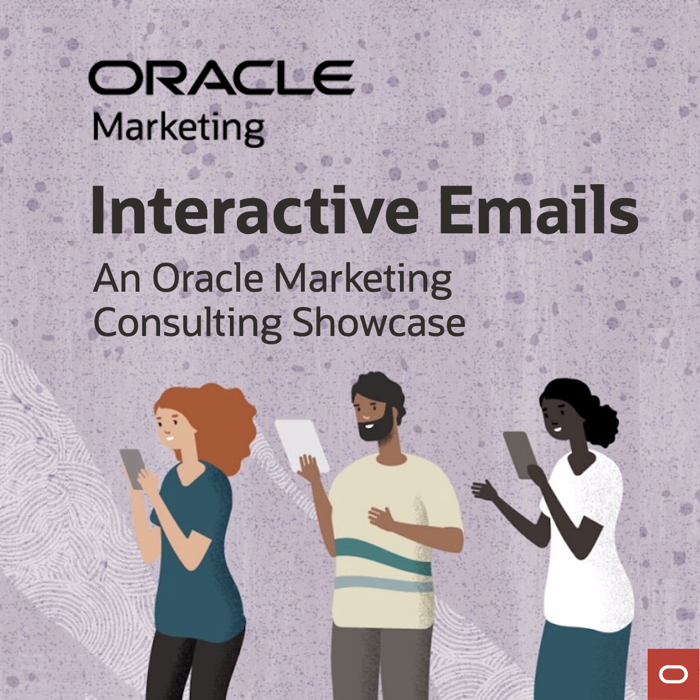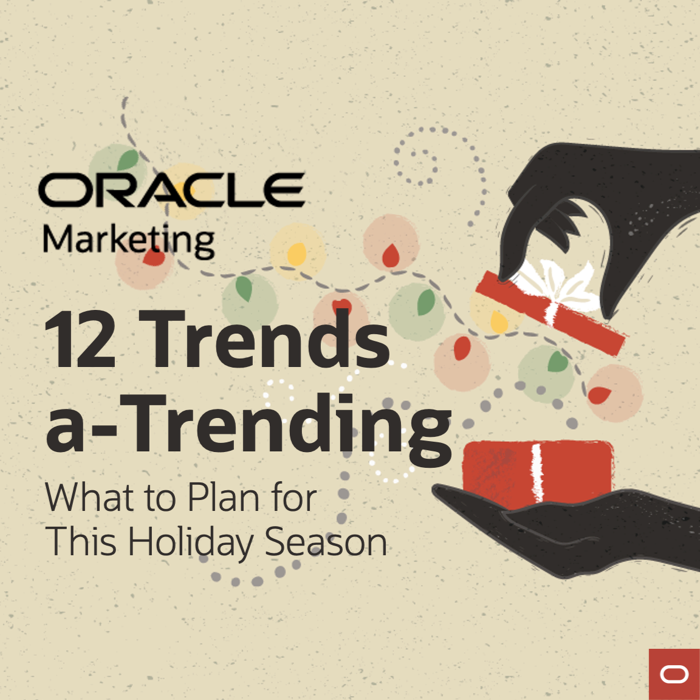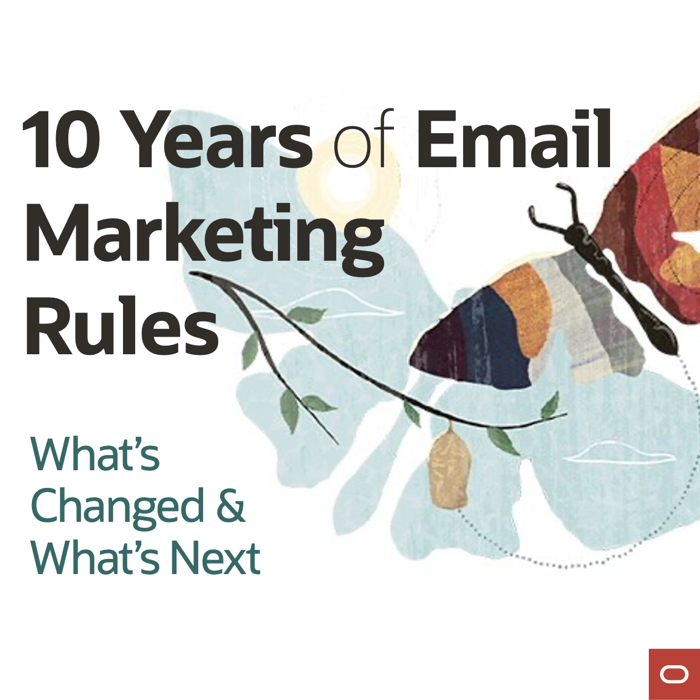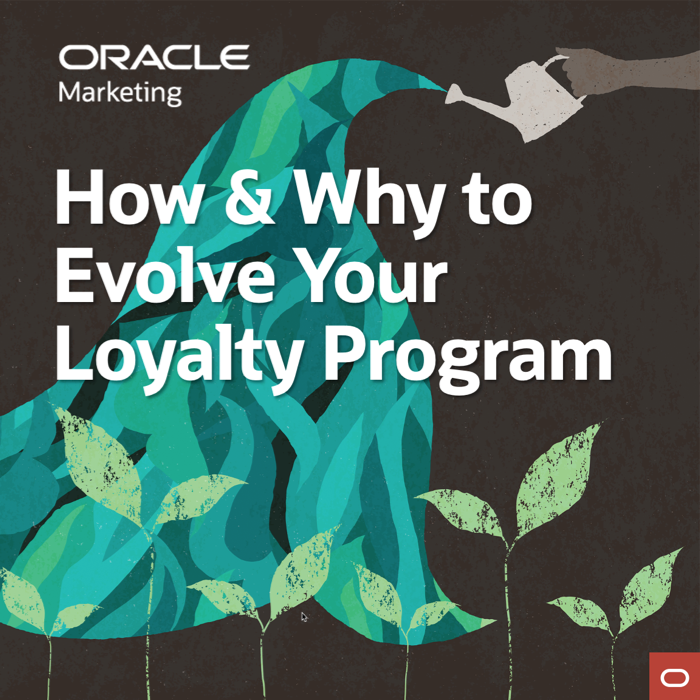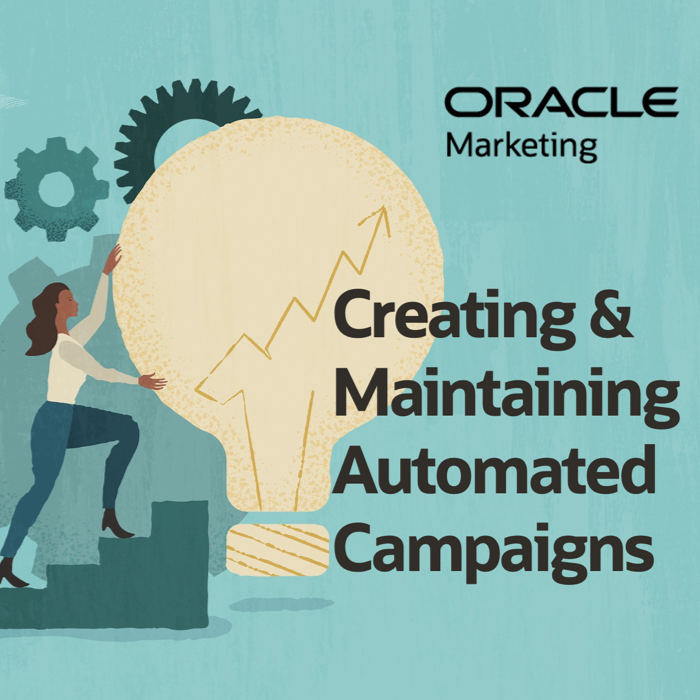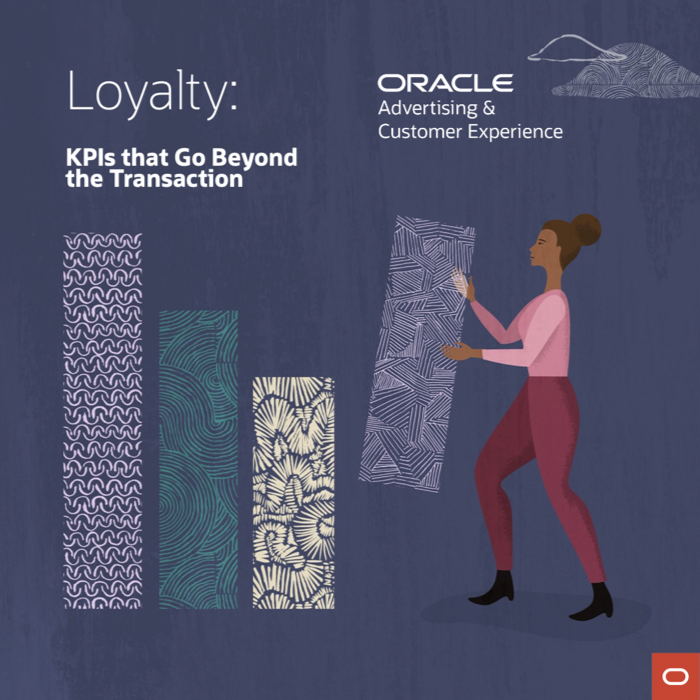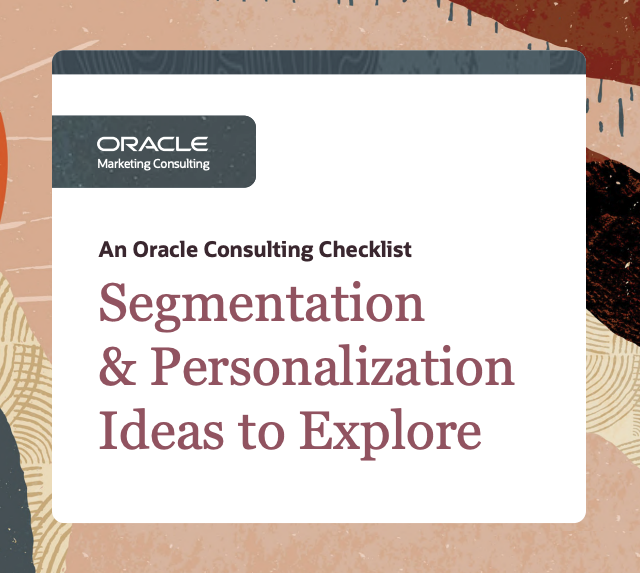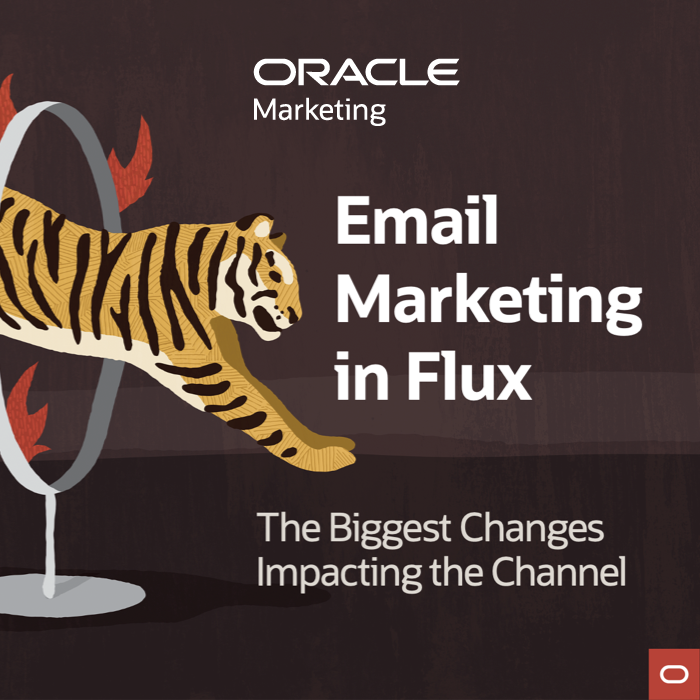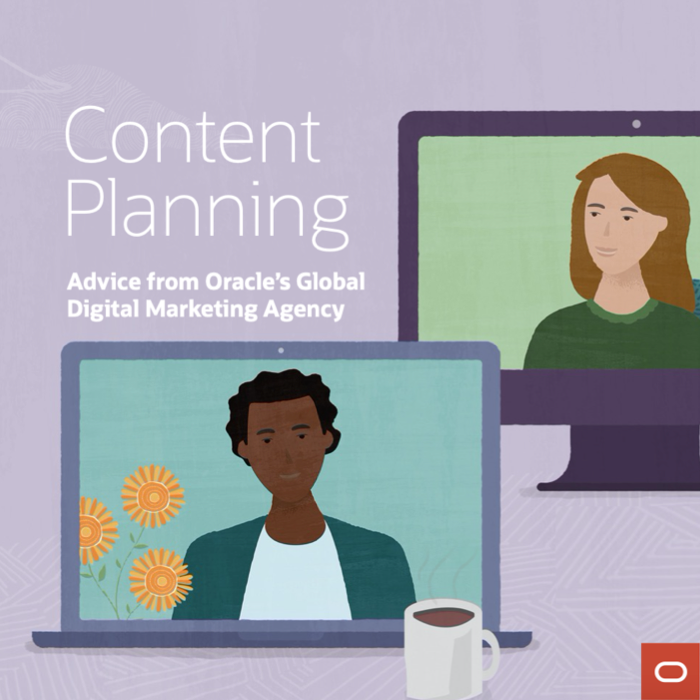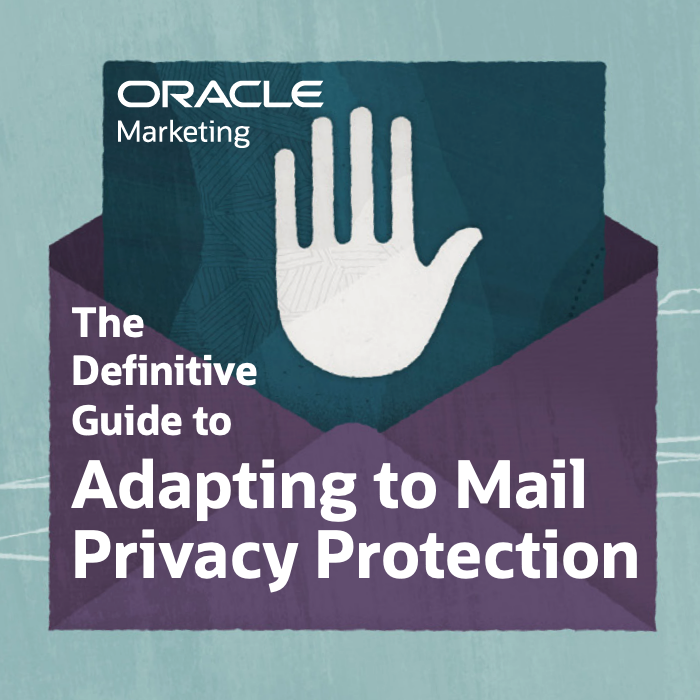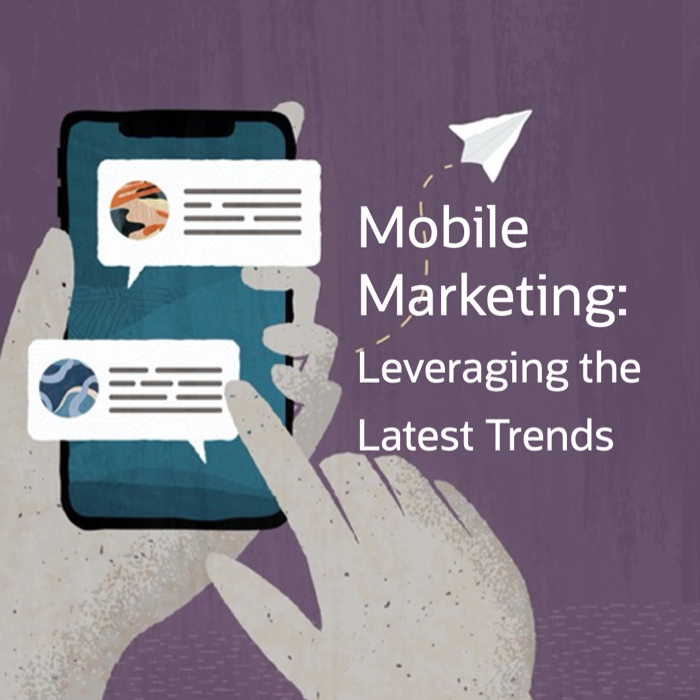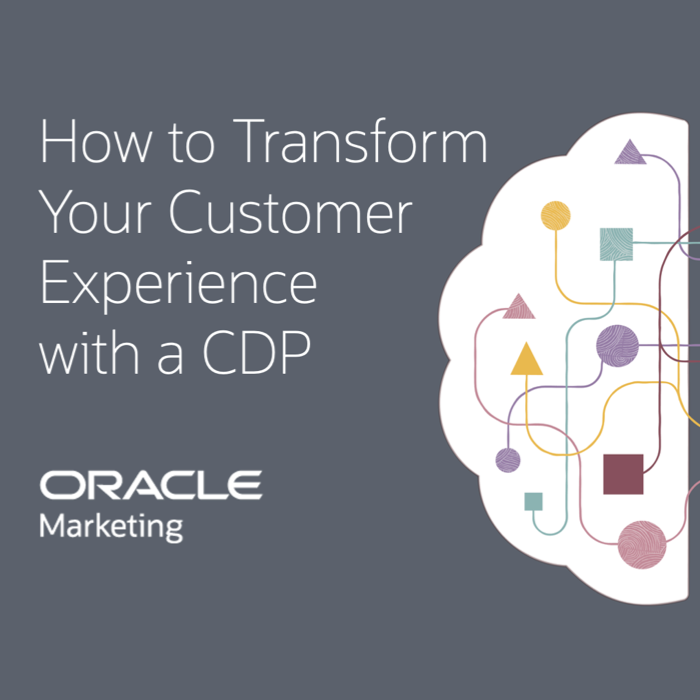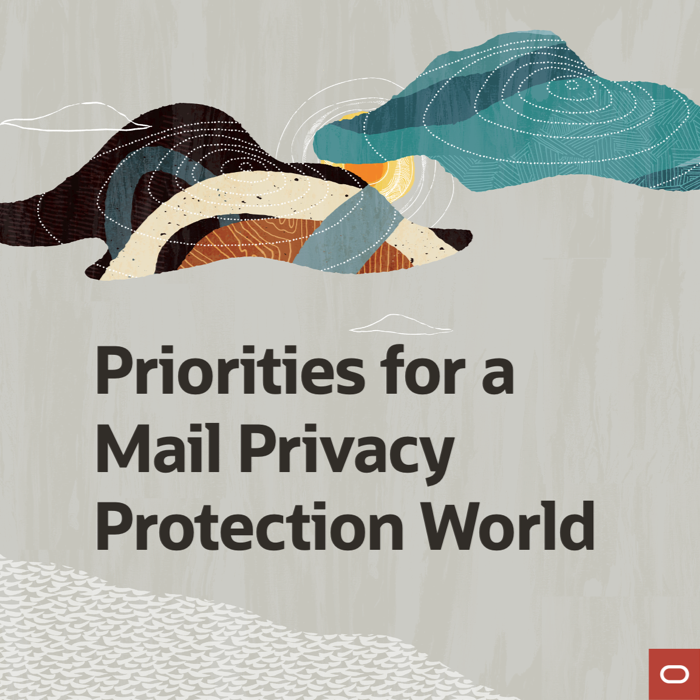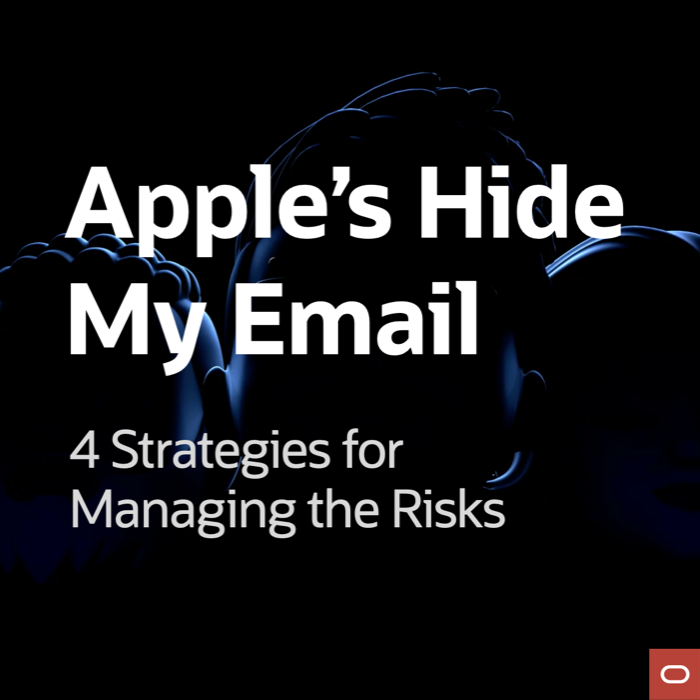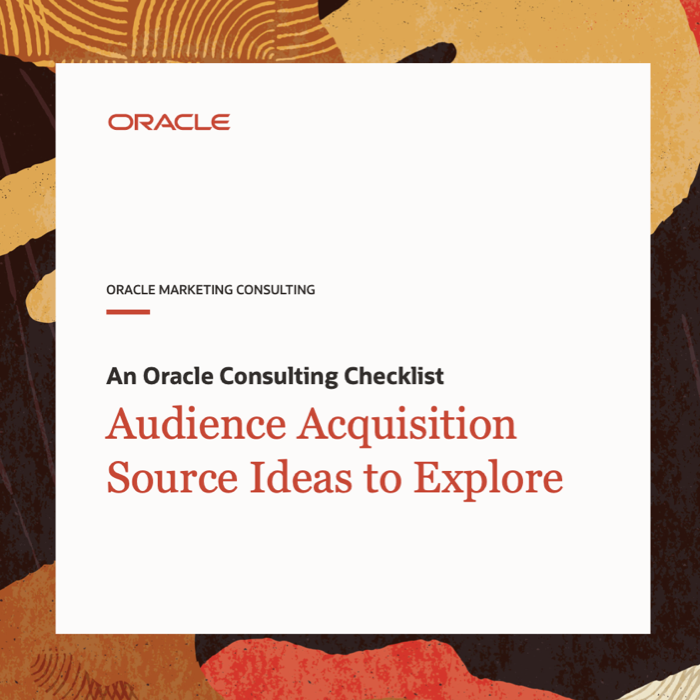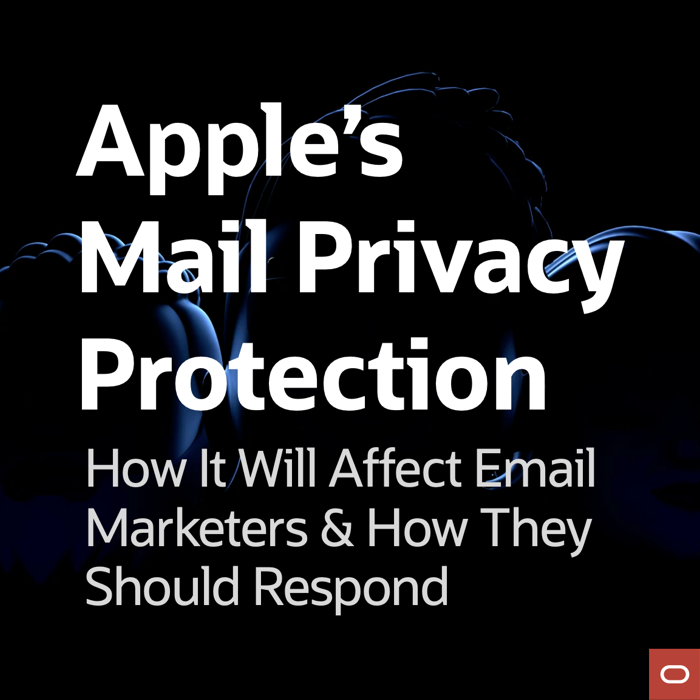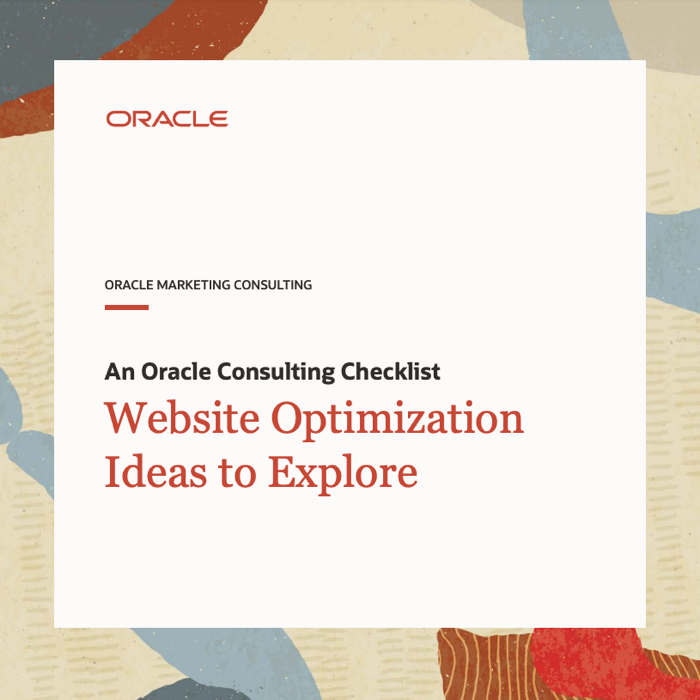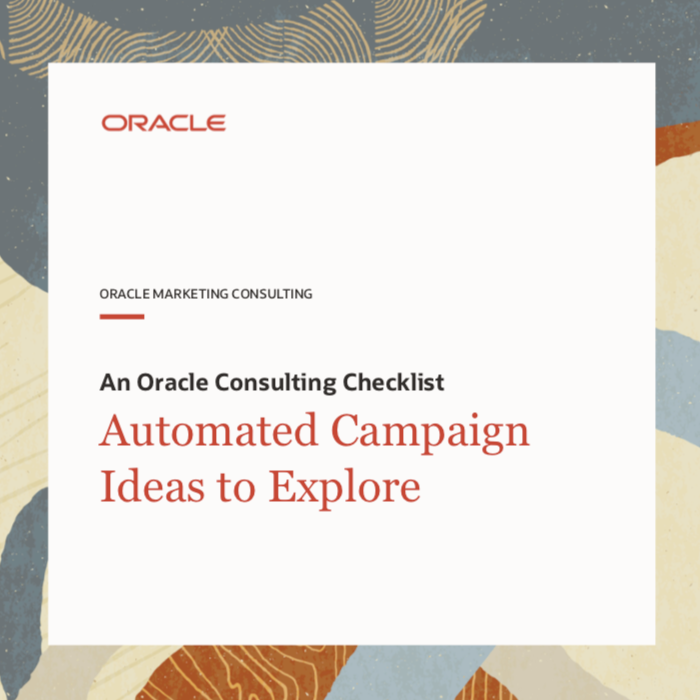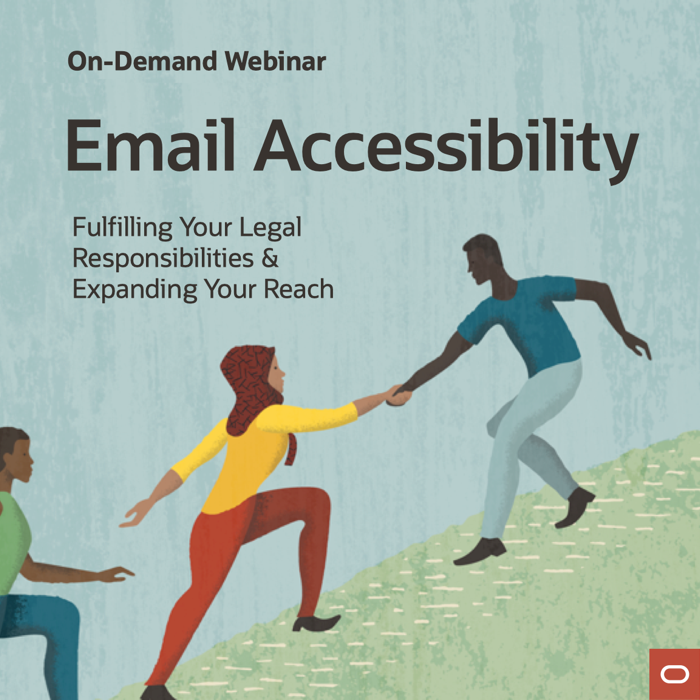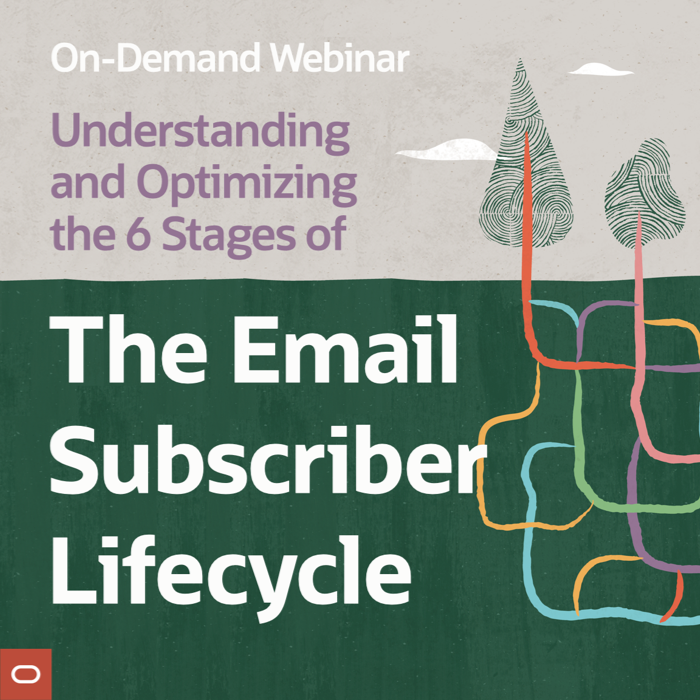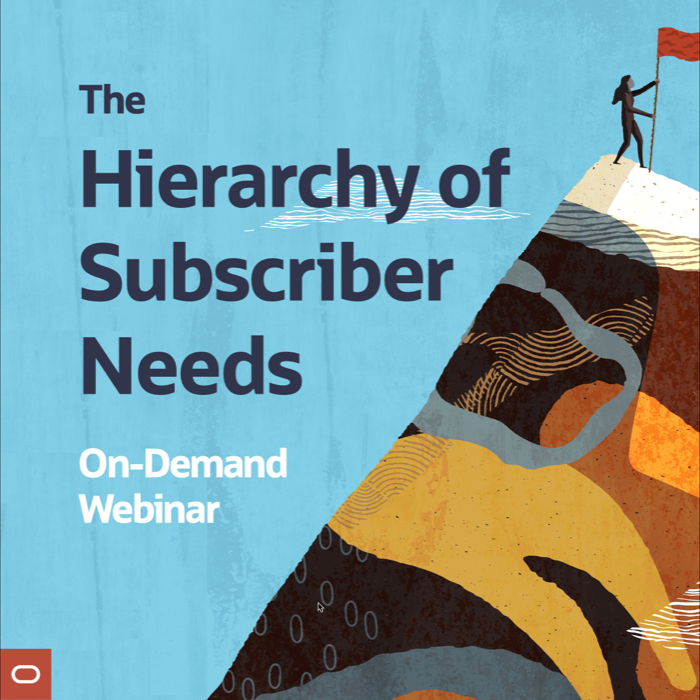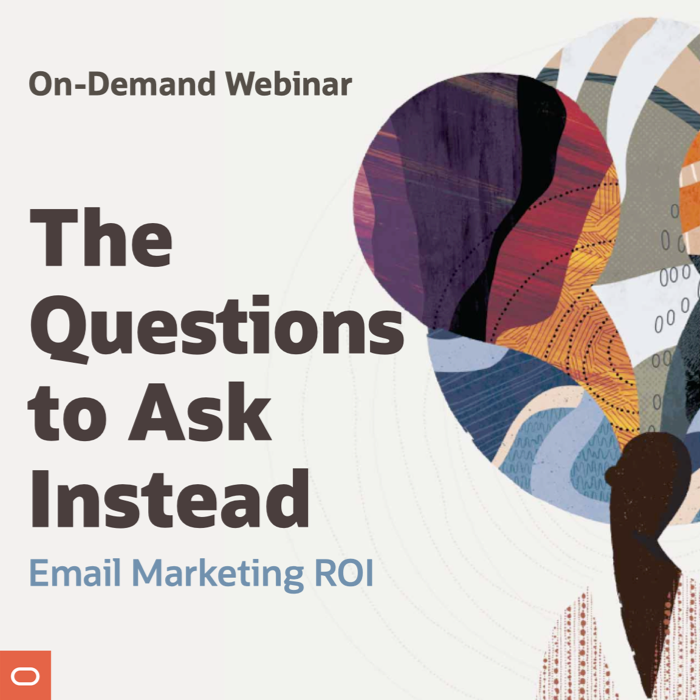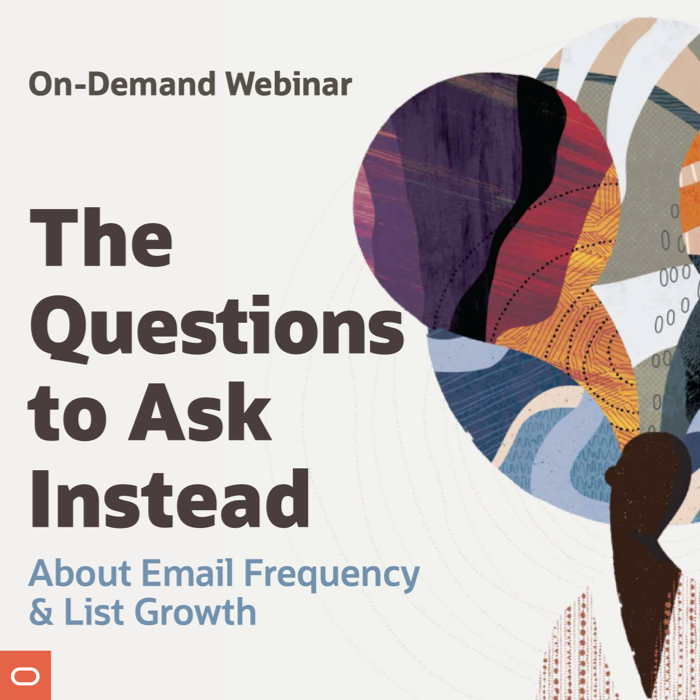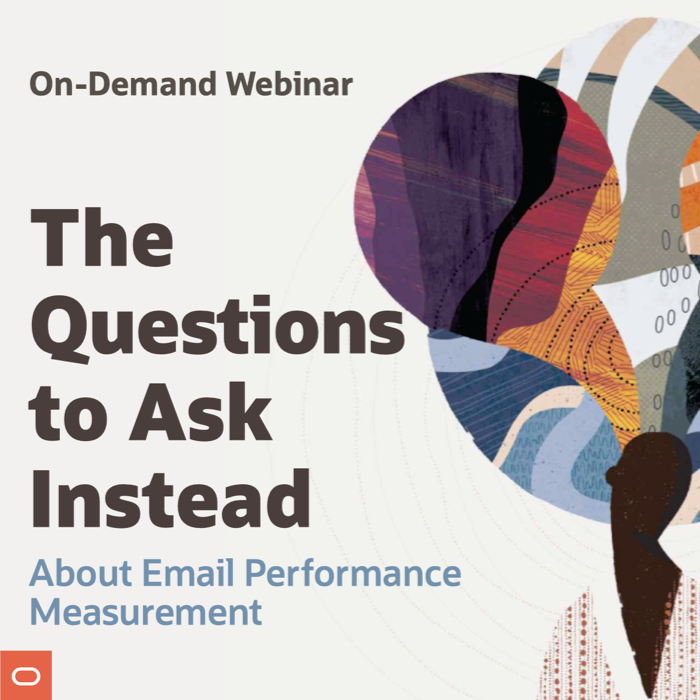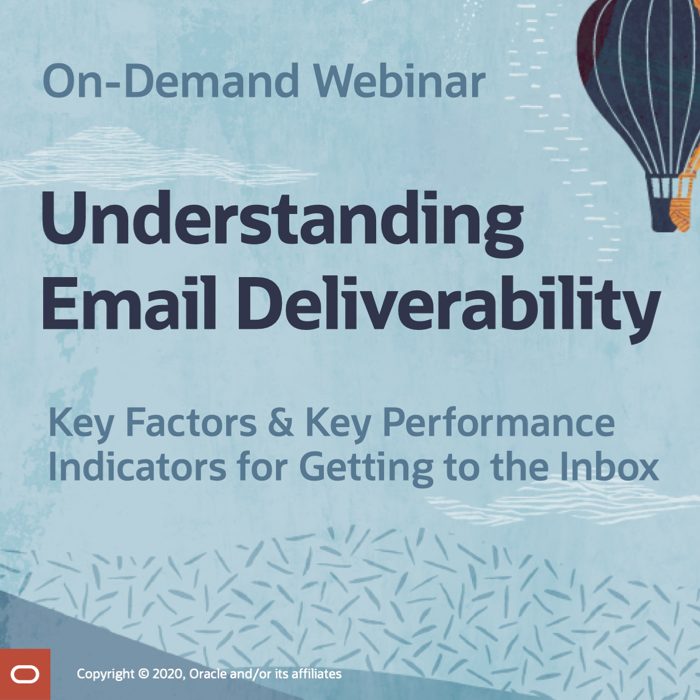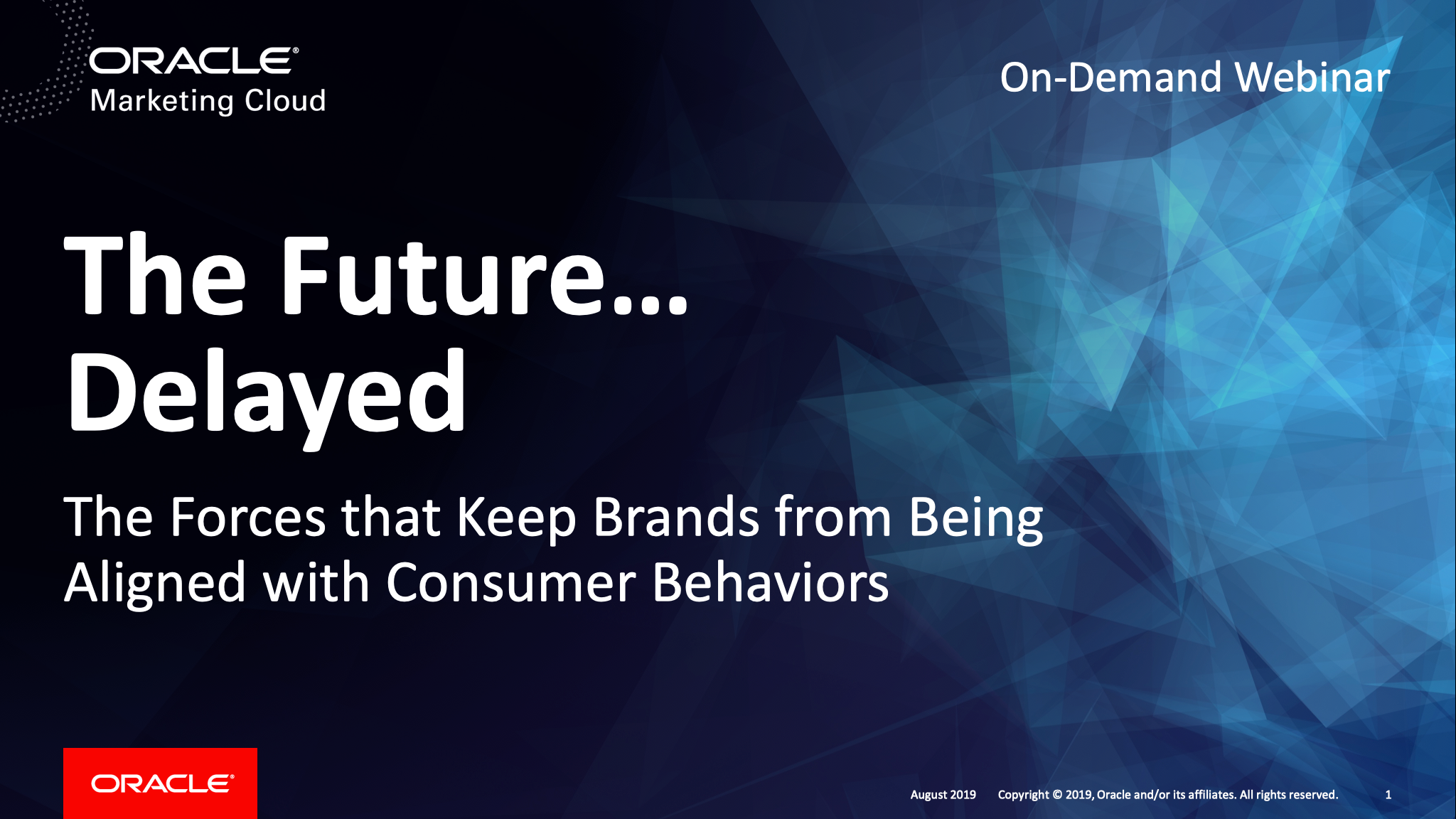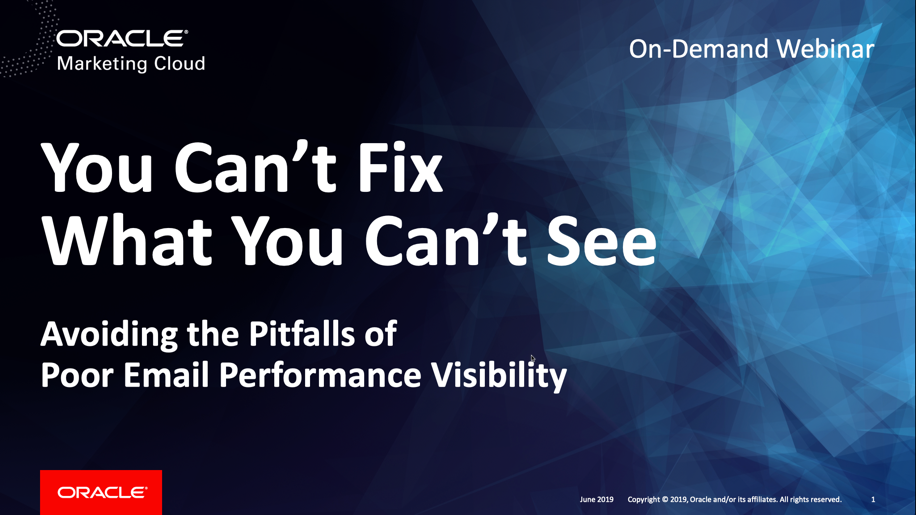The Last Word on May 2016
Posted on June 2, 2016
 A roundup of email marketing articles, posts, and tweets you might have missed last month…
A roundup of email marketing articles, posts, and tweets you might have missed last month…
Must-read articles, posts & reports
How do mobile responsive emails impact on open and click rates? (Smart Insights)
Complexity of email blog series – Part 5: Sending emails (Striata)
Instant Apps delivers Android software to your phone’s browser, one slice at a time (CNET)
Required reading for email marketers: a case study in how not to collect and use e-mail addresses (Office of the Privacy Commissioner of Canada)
Insightful & entertaining tweets
@EmailDaniels: Overstock views their email list as a $3 billion asset #EIS16
@jvanrijn: From now on, I will use CTA as Call to Awesome #emailgeeks
@joeciarallo: .@theskimm funny story on raising VC: “investors would tell us email is dead. But they would email that to us.” #irony #CNX16
@meladorri: Get slides + resources from the Innovations in Email Design sessions w/ @iamelliot @M_J_Robbins @johnethies >>> bit.ly/eis-design
@iamelliot: Marketing Automation. The future. pic.twitter.com/CYfvgY0wB4
@emailmonday: This is not what was meant with “keep your CTA recognisable as a CTA”… #emailmarketing pic.twitter.com/pPkYefiTG6
Noteworthy subject lines
JCPenney, 5/5 — ¡Celebre! Extra 30% off today online only
Chipotle, 5/2 — Cinco Your Teeth into $50 off Chipotle Catering
Aeropostale, 5/5 — Cinco De Mayo $5 & under steals, today only!
Carnival Cruise Line, 5/5 — Make MOMents To Remember
Cold Stone Creamery, 5/7 — Chad, Mother’s Day is TOMORROW – Shall we save you a cake?
Victoria’s Secret, 5/8 — Need a last-minute gift for Mother’s Day?
Levi’s, 5/8 — Meet our moms.
Clinique, 5/15 — Grads, face the future with your best skin ever. FREE 4-piece kit with purchase.
Vera Bradley, 5/12 — Gifts for grads and dreamers (+free gift) …
Barneys New York, 5/12 — What to Wear for Graduation Day
Walmart, 5/19 — Create a man cave for DAD!
ThinkGeek, 5/12 — ThinkGeek helps you achieve favorite child status
NFLshop, 5/25 — #1 Dad? We Have Gear For That…PLUS Free Shipping on ALL Orders!
Brooks Brothers, 5/31 — This one goes out to all the dads
ModCloth, 5/25 — Turns out, Dad love ModCloth too.
Hasbro, 5/26 — Mother’s Day isn’t the only time to celebrate mom
Petco, 5/13 — Here’s FREE Shipping to put a little good luck in your Friday the 13th!
J.Jill, 5/13 — Your new go-to pants for warmer weather + 25% off select Spring Favorites.
OnlineShoes.com, 5/26 — New Balance: Outrun the summer heat
Zulily, 5/26 — SmartWool for summer
Vera Bradley, 5/26 — Buy one Beach Towel, get one 50% off
Honda, 5/12 — Meet Our Most Innovative Alternative-Fuel Vehicles
The North Face, 5/15 — Welcome to your weekend base camp…
Express, 5/26 — Starts at MIDNIGHT: 40% off!
Moosejaw, 5/26 — 20% off Your Favs + Keep It Slazy
Art.com, 5/31 — ICYMI –> 40% OFF Sitewide!
Express, 5/19 — Bride Squad: Assemble!
ModCloth, 5/17 — I now pronounce you chic & merry.
Neiman Marcus, 5/25 — Shop by heel height: Flats to stilettos from Valentino + more
Chico’s, 5/5 — 1 Pant + 3 Ways = Styling Made Simple
FragranceNet.com, 5/18 — Q: Best discount? a) 30% off b) Free Shipping c) $15 off
Michaels, 5/25 — Coupon Bonanza + Make-A-Thon = !!!
West Elm, 5/26 — EVERYTHING is on SALE! *Runs out the door*
GNC, 5/5 — Sweet Dreams Are Made of ZZZs
Kate Spade, 5/11 — about me: will go shopping with you.
Subway, 5/17 — Set your alarm for FREE.
Restoration Hardware, 5/18 — Where Less Is More and Minimal Is Magnified. RH Modern.
Threadless, 5/13 — Take a pitcher, it’s last longer.
ThinkGeek, 5/31 — Garden gnome? Pssshh. We have the Droid you’re looking for.
Barneys New York, 5/18 — A Vacation For Your Feet in Ancient Greek Sandals
J.Crew, 5/25 — It’s a thing: eyelet
Feeding America, 5/12 — I bet this stat will surprise you
Make-A-Wish, 5/26 — Only a few days left to reach our goal
Lands’ End, 5/13 — We’ll donate $1 for every sun savvy moment you share
Etsy, 5/7 — Let’s Take a #Deskie
Earth Day Network, 5/9 — #EarthDay2016: A New High Watermark
New posts on EmailMarketingRules.com
Infographic: 2016 State of Email Agencies
Single Opt-In vs. Double Opt-In: The Case for SOI
How to Identify Companies that Value Email Marketing
How Brands Use Email to Engage Customers at Every Stage of the Life Cycle
Inbox Box Providers Add Bad Design to List of No-Nos
Infographic: 2016 State of Email Agencies
Posted on May 24, 2016
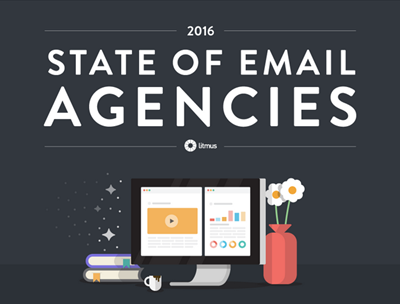 Email marketing agency teams provide help for short-term projects, bring in strategic and technical skills that may be hard to hire for locally, and in many cases provide day-to-day operations support. They’re key part of the email marketing ecosystem. Their email marketing processes are also considerably different than those of brand marketers.
Email marketing agency teams provide help for short-term projects, bring in strategic and technical skills that may be hard to hire for locally, and in many cases provide day-to-day operations support. They’re key part of the email marketing ecosystem. Their email marketing processes are also considerably different than those of brand marketers.
In our 2016 State of Email Agencies infographic, we highlight some of big differences between how agencies create emails and how brand marketers do, in terms of team sizes, time spent on various email tasks, and the tools used.
>> View the infographic on the Litmus Blog
And for a deep dive into all facets of the email production process, check out our 2016 State of Email Production report.
How to Identify Companies that Value Email Marketing
Posted on May 17, 2016
 A good salary isn’t just about the money, it’s about respect. And it’s not just about respect of the individual, but also about respect for the activities that person is involved with.
A good salary isn’t just about the money, it’s about respect. And it’s not just about respect of the individual, but also about respect for the activities that person is involved with.
When we surveyed more than 500 US-based email marketers for our State of Email Salaries & Jobs in the US, we’d hoped to uncover differences between various geographic regions, industry verticals, and company sizes. And we did. But we also uncovered a number of characteristics that identify companies that value email marketing — and, in turn, email marketers.
In my latest Marketing Land column, I list the characteristics that impact email marketing salaries—both the ones that brands can’t control and, more importantly, the ones that brands do control. I also share an infographic that summarizes all of these characteristics.
>> Read the entire column on MarketingLand.com
How Brands Use Email to Engage Customers at Every Stage of the Life Cycle
Posted on May 12, 2016
In the era of the connected consumer, marketing has become more competitive and challenging than ever. Today’s consumers are better informed and more empowered, and they expect a personalized experience at every stage of the customer life cycle. This is why email has become the #1 channel for delivering offers, information, and customer service communications tailored to the needs, interests and behaviors of the consumer.
In this presentation that Joel Book of Salesforce and I gave yesterday at Salesforce Connections in Atlanta, we shared:
- Case studies from innovative brands that use email to engage consumers and deliver personalized content at each stage of the customer life cycle
- How to use customer data and predictive analytics to trigger email execution and personalize email content based on the customer’s needs and intent
- Creative tips and techniques to optimize email click-through and conversion
- How to use email in combination with other channels to engage consumers
Here are the slides from our presentation:
And here is a list of additional resources that we shared with attendees so they could take a deeper dive into each stage of the lifecycle:
Awareness
Don’t Confuse Bad Processes with Bad Subscribers: 3 Pitfalls of Offline Opt-ins (ExactTarget)
More Fields, Fewer Subscribers (Email Marketing Rules)
Evaluation
The Complete Guide to Lead Nurturing (Pardot)
Shopping Cart Abandonment Email Trends (Salesforce)
Try a Cart Abandonment Email ‘Sandwich’ (Cloud.IQ)
Purchase
What is Predictive Intelligence—and Why Should Every Marketer Care? (Salesforce)
Four Keys To Improved Subscriber Journey With Progressive Profiling (MediaPost)
The Long and Short of Progressive Profiling (Email Marketing Rules)
Usage
How FC Barcelona Incorporates the Latest Email Trends to Drive Higher Engagement (ExactTarget)
6 Steps to Creating a Successful Welcome Email Experience (Litmus)
Repurchase
Winback vs. Re-Engagement: What’s the Difference? (Salesforce)
How to Manage the 3 Kinds of Inactive Email Subscribers (Litmus)
3 Emails to Send Now to Improve Your Holiday Campaign Results (Litmus)
Advocacy
7 Tips to Turn Existing Customers Into Your Small Biz’s Biggest Advocates (Salesforce)
Uncovering the Metrics Behind an Award-Winning Email (Litmus)
The Viral Email Report: Benchmarks, Tactics, and Topics of the Most Forwarded Emails [eBook] (Litmus)
Overall
2016 State of Marketing (Salesforce)
Email Marketing Rules (2nd Ed.) (Amazon.com)
Inbox Box Providers Add Bad Design to List of No-Nos
Posted on May 9, 2016
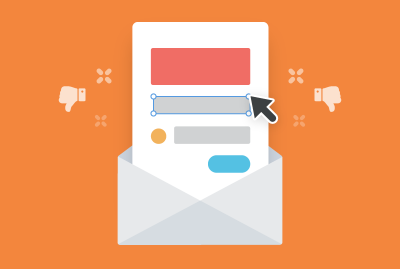 At its core, the job of inbox providers is to protect their users from bad senders. To accomplish this, they have created filters, algorithms, spam traps, and user tools that attack spam on three fronts: (1) bad recipients, (2) bad content, and (3) bad infrastructure.
At its core, the job of inbox providers is to protect their users from bad senders. To accomplish this, they have created filters, algorithms, spam traps, and user tools that attack spam on three fronts: (1) bad recipients, (2) bad content, and (3) bad infrastructure.
To say they’ve succeeded is an understatement. They’ve been so successful at blocking traditional malicious spam that consumers’ definition of “spam” has changed drastically. As I say in my book, “Irrelevant and unwanted email is the new spam in the eyes of both consumers and internet service providers.”
With spam redefined to incorporate poorly executed permission-based email, the mission of inbox providers has changed as well. As a result, inbox providers have now opened a new front in the battle against spam… bad design.
>> Read the entire post on the Litmus Blog
Report: 2016 State of Email Salaries & Jobs in the US
Posted on May 4, 2016
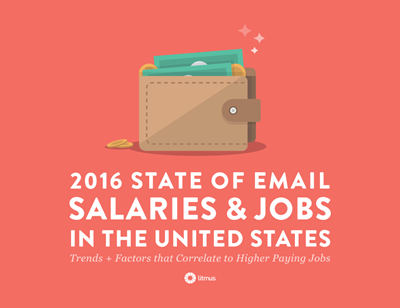 What’s a good salary for an email marketing position, given the role, industry vertical, size of the company, company location, and other factors?
What’s a good salary for an email marketing position, given the role, industry vertical, size of the company, company location, and other factors?
In the inaugural State of Email Salaries & Jobs in the US report, which is based on responses from more than 500 US-based marketers, we provide strong guidance on how to answer that question. The report provides an overall email marketing salary breakdown, but also gives details on how salaries vary by:
- Geographic region
- Industry vertical
- Company size
- Role
- Team size
- Agency and freelancer usage
- Email program sophistication
If you’re an executive or email marketer manager, use these results to make sure that you’re offering competitive salaries for each of your email positions. And if you’re an email marketer, use the results to gauge if you’re being paid well at your current job. You can also evaluate future job opportunities, because this report reveals the characteristics of companies that value email and thus value email marketers.
>> Download the free report
The Last Word on April 2016
Posted on May 3, 2016
A roundup of email marketing articles, posts, and tweets you might have missed last month…
 Must-read articles, posts & whitepapers
Must-read articles, posts & whitepapers
Hidden factors impacting your email subscriber lists (iMedia Connection)
The Sticky Footer: A “Just Right” Approach to Email Acquisition (BrightWave)
New 2016 State of Marketing Research Report (Salesforce)
Email Deliverability: Guide for Modern Marketers (Oracle Marketing Cloud)
Preference Centers: If You Build It, They Might Not Come (MediaPost)
The Politics of Email Deliverability (Oracle Marketing Cloud)
Insightful & entertaining tweets
@emailskinny: “Please Confirm Your Email Address.” #deliverability #emailmarketing pic.twitter.com/ZxyxEM9FyT
@LenShneyder: Human centered design is the crosroads of Technology, Business & Human Values #emailmarketing #eecdesign @meladorri https://pbs.twimg.com/media/CVKb3OcUYAA_qxU.png
@Cassy_L: Always test your emails in different browsers and devices and check your preview text… pic.twitter.com/Upwy2liUD6
@jvanrijn: Guy walks into a bar, says: “give me a couple of million $’s” Bartenders asks: What #MarketingAutomation platform are you building?
Noteworthy subject lines
Fossil, 4/1 — Introducing: Fossil Scratch-N-Sniff
ThinkGeek, 4/1 — Explosive backyard chemistry: Vertical Landing Mentos & Diet Coke Rocket!
Lenovo, 4/1 — Lenovo Announces World’s First Cat-Top PCs
Gucci, 4/1 — Introducing #GucciGram Tian
GNC, 4/1 — New: Fat-Incinerating Doughcuts
Overstock.com, 4/1 — The Bad News: We’re Out of Deals. The Good News: It’s April Fools Day…
Lowe’s, 4/1 — No Joke – It’s Spring Black Friday
J.Crew, 4/1 — We’ve got a few style tricks up our sleeve today
Zulily, 4/15 — Refund = me fund
Urban Outfitters, 4/27 — Introducing the UO Souvenir Shop
REI, 4/27 — Let’s Celebrate the Women Who Scaled Mountains for Us
Williams-Sonoma, 4/19 — The Gift Guide is here! 75+ Top Picks for Moms, Dads, Grads & More
The Container Store, 4/1 — You can WIN when you sign-up for our College Savings Weekends
Banana Republic, 4/28 — The checklist: 5 spring essentials
Jetsetter, 4/26 — Let’s Pretend It’s Summer
Walmart, 4/1 — Patio furniture ships FREE
Williams-Sonoma, 4/2 — Cook EVERYTHING Outdoors with the NEWEST in NONSTICK Grillware + 20% Off Any 1 Item
Gucci, 4/1 — Nautical-inspired pieces for summer
Victoria’s Secret, 4/6 — Your vacay is handled: Free beach tote!
Pier 1 Imports, 4/6 — Your very own backyard getaway.
Crutchfield, 4/28 — FREE 40″ TV with select Samsung TVs
Neiman Marcus, 4/13 — Your invite: alice + Olivia live runway at 9:30 PM CT tonight
Sesame Place, 4/13 — Show us your priceless #Gobeforetheygrow moments
Fans Edge, 4/14 — #DubsUp To 73. Shop GSW Record Gear Now.
Victoria’s Secret, 4/7 — A total #TBT
Zappos, 4/10 — By Popular Vote…
National Football League, 4/28 — Ways to watch the 2016 NFL Draft
Fans Edge, 4/26 — 20% Off So You Can Look Like The #1 Pick
New posts on EmailMarketingRules.com
Email Marketing’s ROI Doesn’t Matter
4 Tips for Improving Your Email Marketing Production Process
The 5 Biggest Disruptors to Email Marketing’s Status Quo
Video in Email: Full of Problems and Promise
The People, Process, and Products of a Great Email Marketing Workflow
Webinar Recording + Q&A: 8 Trends that Will Define the Future of Email Marketing
What Your Email Service Provider Strategy Says about Your Email Program
Posted on May 2, 2016
 How many email service providers a brand uses to send its emails reveals a lot about their email program—how sophisticated it is, the size of their email team, and much more. Whether they use a homegrown email platform is equally revealing.
How many email service providers a brand uses to send its emails reveals a lot about their email program—how sophisticated it is, the size of their email team, and much more. Whether they use a homegrown email platform is equally revealing.
In Litmus’ State of Email Production report, we asked more than 900 email marketers which platforms they use to send their emails, among many other things. Digging into the data, we found that these three groups—users of 1 ESP, users of 2+ ESPs, and users of homegrown platforms—had some interesting differences.
For instance, we found that using two or more ESPs tends to be a marker of a more sophisticated (and more complex) production process. Brands using multiple ESPs generally have larger email teams, have more emails in production at once, and have longer production cycles compared to brands using just one email service provider.
Users of homegrown email platforms are a bit of a mixed bag. In some ways they seemed less sophisticated, but other ways there were the most sophisticated.
For a full discussion of these differences, including lots of stats,…
>> Read the full post on EmailVendorSelection.com
Email Marketing’s ROI Doesn’t Matter
Posted on April 29, 2016
 We love email marketing here at Litmus, and are frankly often frustrated that some companies don’t see its value. To try to convince them, we frequently tout email marketing’s stellar return on investment, which is 38-to-1, according to research by the Direct Marketing Association.
We love email marketing here at Litmus, and are frankly often frustrated that some companies don’t see its value. To try to convince them, we frequently tout email marketing’s stellar return on investment, which is 38-to-1, according to research by the Direct Marketing Association.
We’ve mentioned it in this report and this blog post and this one and this one too—and that’s just in the past few months. And plenty of other email marketing companies have done the same over the years.
Heck, I’ve gone so far as to argue that email marketing’s ROI is closer to 130-to-1.
But despite our collective rah-rah around the ROI opportunity, companies still significantly underinvest in email marketing. For example, brands spend 15% of their marketing budget on email marketing on average, while the channel generates 23% of total sales, according to a study by Adestra and Econsultancy.
As much as we’d like email marketing’s ROI to matter to more brands, it simply doesn’t. Here are some reasons why that’s the case…
 Email Marketing Rules
Email Marketing Rules